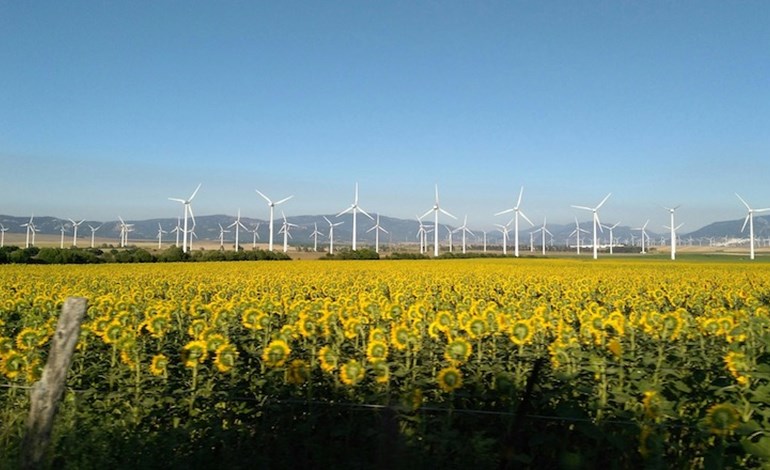Output from renewable electricity sources increased as a share of the UK’s electricity output in the second quarter of 2020, compared with the same period in 2019, according to BEIS figures.
Primary electricity output in the second quarter of 2020 was 1.9% lower than in the second quarter of 2019, while output from renewables rose 9% compared with the second quarter of 2019, partly due to increased capacity.
During the second quarter total primary energy consumption for energy uses fell by 24%, though when adjusted to take account of weather differences between the second quarter of 2019 and the second quarter of 2020, primary energy consumption fell by 19%.
BEIS said the record low quarterly level of consumption was a direct result of the Covid-19 pandemic lockdown which took effect from 23 March 2020, resulting in a significant fall in demand for the main transport fuels.
Renewable electricity capacity was 48.5GW at the end of the second quarter of 2020, a 5.4% increase (2.4GW) on a year earlier, with just under 80% of the increase coming from offshore wind, BEIS said.
Solar generation hit record levels in the second quarter and in the month of May 2020, due to increased capacity and more sun hours than in 2019, BEIS highlighted.
Renewables’ share of electricity generation was a 44.6% in the second quarter of 2020.
Nuclear electricity output was 9.2% lower, and at the lowest quarterly level since the third quarter of 2010, as maintenance outages continued at Dungeness B, Hinkley Point B, Hunterson B and Sizewell B.
In the second quarter of 2020 production of coal and other solid fuels was 29 per cent lower than the corresponding period of 2019 and at a record low level, due to reduced demand from electricity generators.

